ANNOUNCEMENTS
In the Months of APRIL and MAY we will set aside a few days for aerating and fertilizing your lawn UPON REQUEST.
What is aeration?
Technically speaking, aeration is the naturally occurring process of air exchange between the soil and its surrounding atmosphere. Practically speaking, aeration is the process of mechanically removing small plugs of thatch and soil from the lawn to improve natural soil aeration.
Why is aeration important?
Foot traffic and mowing compacts soil and stresses lawns. Irrigation and raindrops further compact the soil, reducing large air spaces where roots readily grow. Compaction is greater on heavy clay soils than in sandy soils. Aeration can help relieve soil compaction, allowing your grass to grow deeper roots and make better use of water and fertilizer.
Benefits of Aeration?
- Improved air exchange between the soil and
atmosphere.
- Enhanced soil water uptake.
- Reduced water runoff and puddling.
- Improved fertilizer uptake and use.
- Stronger turf grass roots.
- Reduced soil compaction.
- Enhanced heat and drought stress tolerance.
- Improved resiliency and cushioning.
- Enhanced thatch breakdown.
*Call our office to schedule this extra service. If you have “thick grass” or excessive amounts of thatch (dead grass) please ask about dethatching and/or scalping (depending on the species or grass).
MAINTENANCE
Spraying – Dormant spray your fruit trees: i.e. apricot, peach, nectarine and plum for leaf curl, bugs, and other dormant diseases. If buds have started to break and blossoms are emerging DO NOT SPRAY, flowers may fall off and you will have no fruit for the year.
Many trees bloomed early thanks to the unusually warm weather we received in January. Wait until leaves have opened completely before attempting to spray again.
PLANTING
Plant Perennials and Cutting Flowers- Early spring is one of the best times to get perennials started in the garden, such as columbine, correa, lavender, penstemon, phygelius, rosemary, salvia, and yarrow. It is also time to sow flower seeds such as asters, cosmos, cleomes, lobelias, lunarias, marigolds, nicotianas, sunflowers and zinnias in flats or directly into the garden. For those eager gardeners, starting March 15th, after “last” frost, you can begin to plan the vegetable gardens.

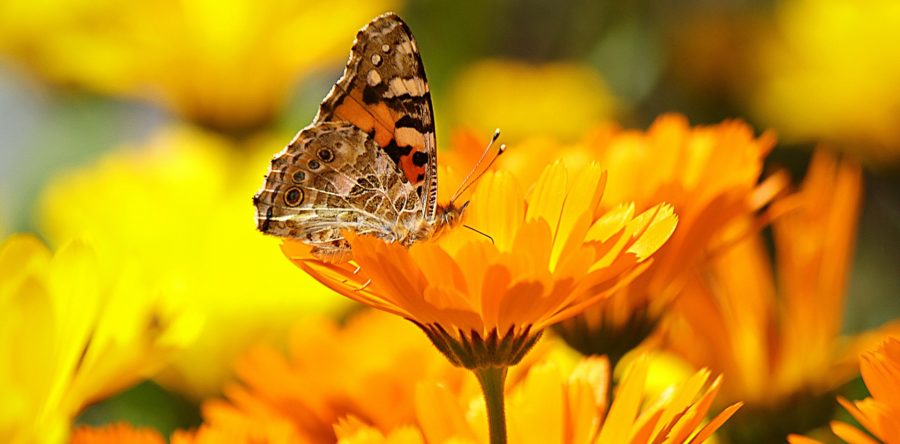
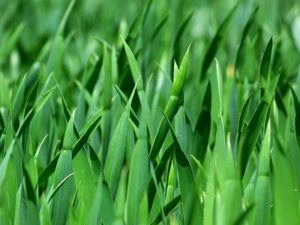


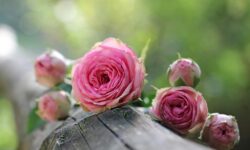
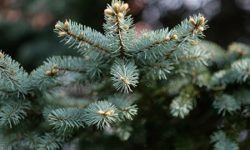
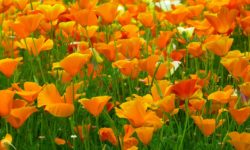
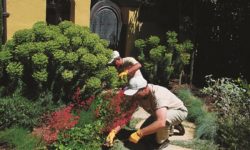
Covid-19 Business Status
All Seasons Landscaping
Covid-19 Business Status
Steve Lake
August Tips of the Month
All Seasons Landscaping